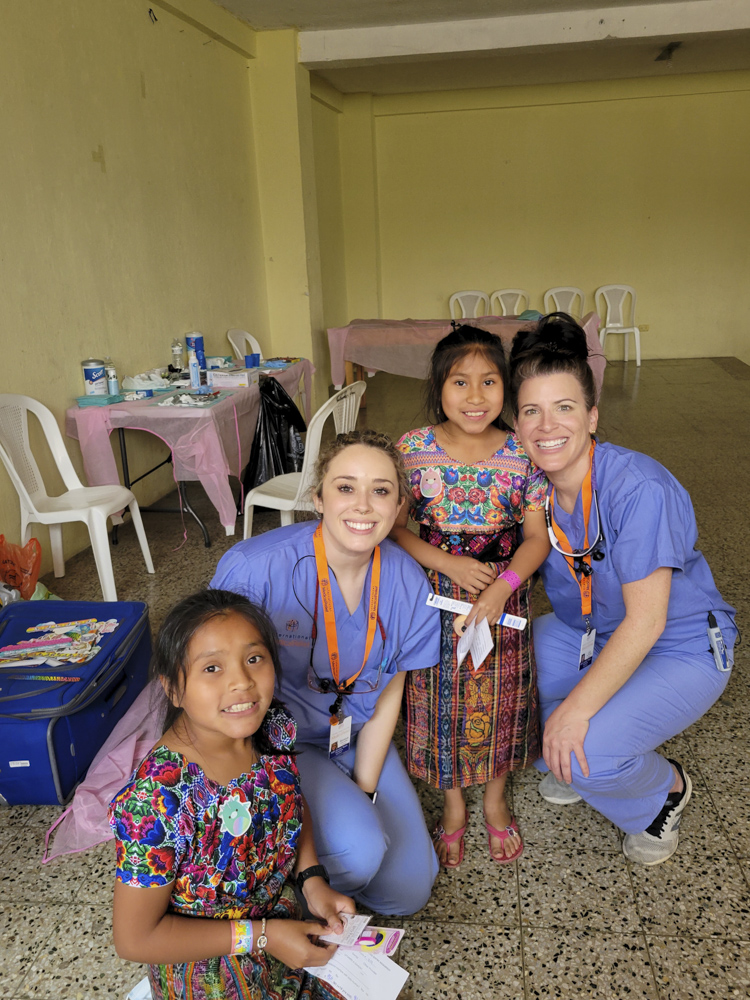Rectus Femoris

In the intricate landscape of human anatomy, the rectus femoris stands as a formidable muscle, both in structure and function. As one of the quadriceps muscles, it plays a pivotal role in various movements crucial for human locomotion and stability. This article delves deep into the anatomy, function, and rehabilitation strategies associated with the rectus femoris muscle.
Anatomy of the Rectus Femoris:
Situated in the anterior compartment of the thigh, the rectus femoris muscle is the only quadriceps muscle that crosses both the hip and knee joints. Originating from the anterior inferior iliac spine (AIIS) and the superior acetabular rim of the pelvis, it descends along the anterior aspect of the thigh and inserts into the base of the patella and the tibial tuberosity via the patellar tendon. This unique origin allows the rectus femoris to act on both the hip and knee joints simultaneously.
Functionality:
The rectus femoris muscle is a multi-functional powerhouse, contributing significantly to various movements such as hip flexion, knee extension, and pelvic stabilization. During activities like walking, running, and climbing stairs, it contracts eccentrically to control knee flexion and assist in the absorption of shock. Additionally, it plays a vital role in maintaining proper posture and balance, especially during activities that require dynamic stability.
Clinical Implications:
Given its crucial role in lower limb function, injuries to the rectus femoris can significantly impair mobility and performance. Strains and tears are common occurrences, often resulting from sudden, forceful movements or overuse. Athletes engaged in sports that involve repetitive kicking, jumping, or sprinting are particularly susceptible to rectus femoris injuries.
Rehabilitation Strategies:
Effective rehabilitation of rectus femoris injuries requires a comprehensive approach focusing on pain management, restoration of function, and prevention of re-injury. Initially, rest, ice, compression, and elevation (RICE) therapy can help alleviate pain and reduce inflammation. As symptoms subside, a gradual return to activity with controlled strengthening exercises is recommended.
Strengthening exercises should target not only the rectus femoris but also the surrounding muscles for optimal stability and support. Exercises such as squats, lunges, leg presses, and hip flexor stretches can aid in improving strength, flexibility, and proprioception. Incorporating balance and proprioceptive training into rehabilitation programs can further enhance neuromuscular control and reduce the risk of future injuries.
Furthermore, manual therapy techniques such as massage, myofascial release, and trigger point therapy can help alleviate muscle tightness and improve tissue mobility. Modalities such as ultrasound, electrical stimulation, and laser therapy may also be utilized to promote tissue healing and reduce pain.
It is crucial for individuals recovering from rectus femoris injuries to progress gradually and listen to their bodies. Rushing the rehabilitation process or returning to activity too soon can exacerbate the injury and prolong recovery time. Close monitoring by a qualified healthcare professional is essential to ensure a safe and effective rehabilitation journey.
Conclusion:
The rectus femoris muscle stands as a formidable entity in the realm of human anatomy, with its intricate structure and vital functions. Understanding its anatomy, function, and clinical implications is paramount for healthcare professionals, athletes, and individuals alike. By implementing targeted rehabilitation strategies, individuals can overcome rectus femoris injuries and return to optimal function and performance.

